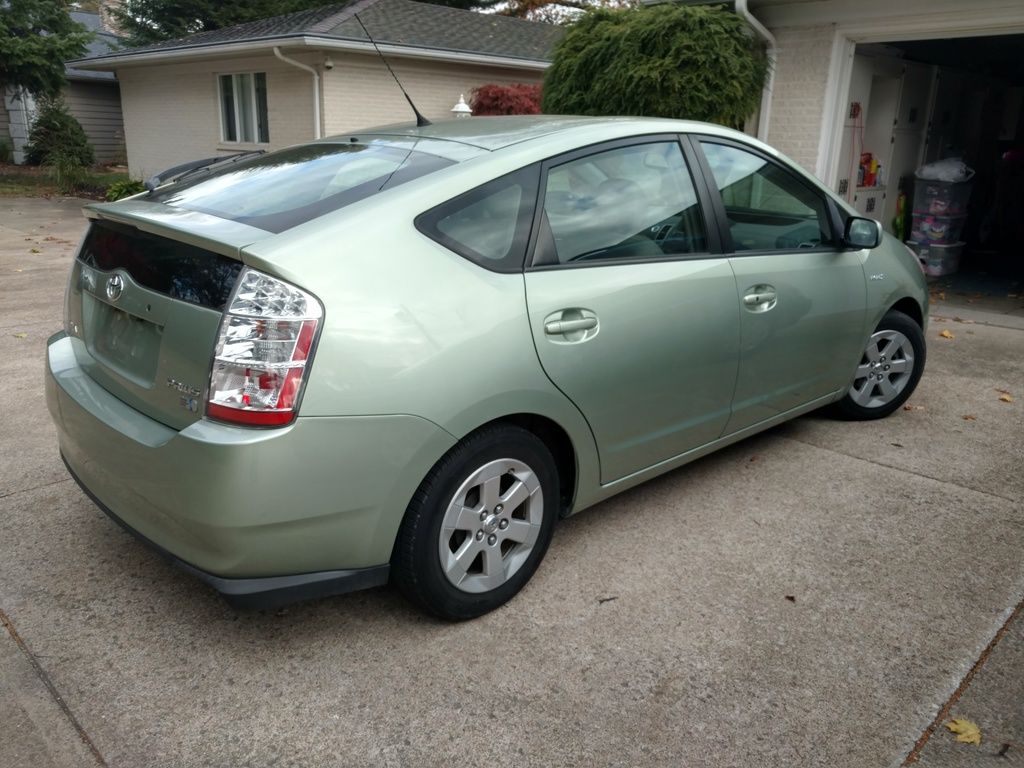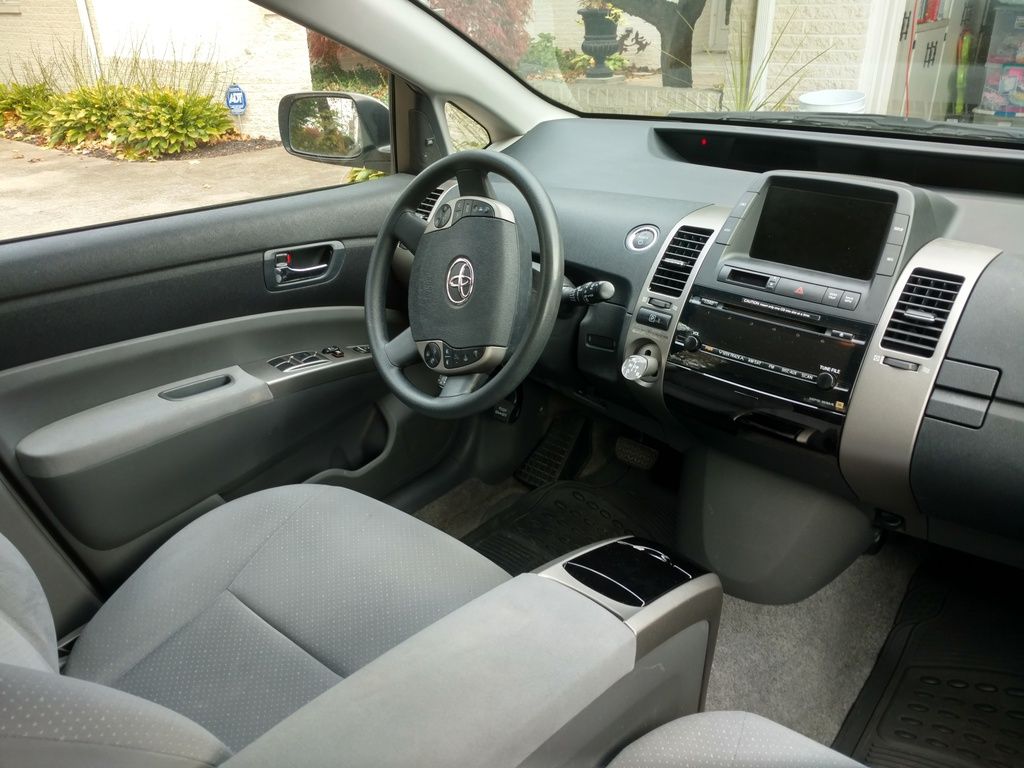They're very solid, reliable cars. Look into the special stuff you need to do when it comes time to replace brake pads though... the brake system on them is probably the most complex thing on the entire car.
If you have a caliper off for pad replacement... and open the door, it will shoot the piston out when the pump runs to precharge the accumulator. 
It's really a very interesting system. I can't access the factory manual at home(or find it online) that explains the breakdown of each component and how they interact, but this guy seems to have the best summary I've seen:
When you press the brake pedal, hydraulic fluid is moved in a piston just as in a regular car. However, in normal use, that piston doesn't then move fluid in the brake cylinders. Instead the pressure change is monitored by a pressure sensor connected to the Skid Control ECU. (The fluid enters a device called the Stroke Simulator, which provides the same sort of feel you expect from the brake cylinders.)
From there, the Skid Control ECU works out how much braking force you want, and asks the Hybrid Vehicle ECU to provide up to that amount through regeneration. The HV ECU replies saying how much it can provide. The Skid Control ECU then makes up the difference, if any, by controlling valves from a high-pressure reserve (the Brake Accumulator) to the brake cylinders, which increase the pressure in the brake cylinders, and other valves from the cylinders to the fluid reserve tank, which reduce the pressure.
The rear wheels are always braked with friction brakes as regeneration only operates on the front wheels (the motors are only connected to the front wheels).
If the wheels lose traction, the Skid Control ECU asks the HV ECU to stop providing regeneration and it modulates the pressure on the wheel cylinders to try to keep the wheels just on the verge of locking up. This is ABS.
There is a variable resistor - like a classic volume control on an amplifier - which monitors how fast you press the brake pedal. If you press the brake pedal quickly, it skips asking for regeneration (the HV ECU can't react quickly) and just applies the brakes. It also applies more force than you asked for - this is called Brake Assist - as it's known that drivers frequently don't brake hard enough in emergencies.
If there's a problem with regeneration, the HV ECU will report no braking effort and the Skid Control ECU does it all with the friction brakes. If the Skid Control ECU doesn't see a response from the HV ECU it assumes no regen is available and does all braking with friction brakes.
If there's a problem with the electronically-controlled braking system, the Gen 2 opened and closed valves to isolate the Stroke Simulator and send the fluid moved by the driver's foot directly to the front brakesonly, with no power assistance. There are actually two pistons in the Master Cylinder, both of which are pressed by the rod that the brake pedal connects to, which gives two independent brake lines. One connects to the front left wheel and the other to the front right.
Gen 3 (2010 Prius) improves on this by using the accumulator as a booster and sending fluid from one Master Cylinder piston to the front wheels, the other to the rear. I believe it can keep electronic control of one pair and use driver's effort for the other.
Hopefully this fail-safe mode is never needed, but some people here have experienced it.
-Mike Dimmick from PriusChat
Found it from here:
https://priuschat.com/threads/how-does-the-brake-pedal-work-brake-by-wire.75300/



 2007 w/78k miles for $5,800 I bought from a private party who bought it 2.5 yrs ago at 40k miles. He added like 16k per year. He paid $9,500 so he sold it for $3.7k less than he bought it. It cost him less than $1.5k per year to own the car. Not bad for him. For me, I see even the highest mileage examples asking $4k so even if they settle and sell at $3k, I then see the bottom of the market for these at $3k. I hope that means that even if I take this car to 200k (120k more than current) in 3 years, I should still loose less than $1k per year in value. All the while, I hope that I will benefit from low maint/repair costs. I don't know a lot about Priuses other than they have a good reputation. For those that know better, is there a good owners forum? At 79k I'm taking a leep of faith that the battery is good. I have some proof of synthetic fluids and a recent, proper, radiator flush. Also wearing good tires that are 1.5 yrs old or likely 25k miles on a 70k mile rated tire Other than that, little to nothing else has been done to it. I looked at a Prius V but had a hard time finding an example that represented the right value for me. Though I have been on a kick of buying southern cars, this one locally looked well cared for and surprisingly has low rust for it's near 10 years old. Light Green would not be my first choice but everything else seemed right. Wish me luck and I'll take any guidance you have.
2007 w/78k miles for $5,800 I bought from a private party who bought it 2.5 yrs ago at 40k miles. He added like 16k per year. He paid $9,500 so he sold it for $3.7k less than he bought it. It cost him less than $1.5k per year to own the car. Not bad for him. For me, I see even the highest mileage examples asking $4k so even if they settle and sell at $3k, I then see the bottom of the market for these at $3k. I hope that means that even if I take this car to 200k (120k more than current) in 3 years, I should still loose less than $1k per year in value. All the while, I hope that I will benefit from low maint/repair costs. I don't know a lot about Priuses other than they have a good reputation. For those that know better, is there a good owners forum? At 79k I'm taking a leep of faith that the battery is good. I have some proof of synthetic fluids and a recent, proper, radiator flush. Also wearing good tires that are 1.5 yrs old or likely 25k miles on a 70k mile rated tire Other than that, little to nothing else has been done to it. I looked at a Prius V but had a hard time finding an example that represented the right value for me. Though I have been on a kick of buying southern cars, this one locally looked well cared for and surprisingly has low rust for it's near 10 years old. Light Green would not be my first choice but everything else seemed right. Wish me luck and I'll take any guidance you have.












































